Drive (2011) — One Hour Photo (2002)
Nicolas Winding Refn filled Drive with a lot of references to classic movies from the ’70s and the ’80s. Besides, in the film, you can see the shots that are exactly the same as ones that other directors did in the past.
For example, in 2002, in his movie One Hour Photo, Mark Romanek shot the main character, played by Robin Williams, between the shelves in a store. This is the exact same scene as in Drive.
The Shining (1980) — Körkarlen (1921)
The Untouchables (1987) — Battleship Potemkin (1925)
The innovative drama by Sergei Eisenstein called Battleship Potemkin tells the story of a mutiny during the revolution of 1905. In the chaos, the director showed the difficult situation of the innocent witnesses with an unforgettable tragic image — a baby stroller falling down the stairs.
If you remember this scene, but you are sure you’ve never watched Eisenstein’s film, it is probably because you remember it from Brian De Palma’s The Untouchables. In the culmination, a young mother gets in the crossfire and her baby’s stroller also goes down the stairs.
Moonrise Kingdom (2012) — Full Metal Jacket (1987)
There are very few things in common between the comedy Moonrise Kingdom and the war drama Full Metal Jacket. But there is something similar about the camerawork. Wes Anderson, famous for his love of symmetry, reshot the scene where the commander talks to the new soldiers. In this version, though, it doesn’t look as rude.
The Grand Budapest Hotel (2014) — Henri-Georges Clouzot’s Inferno (1964)
This is not an example of a borrowed scene, but more of an interpretation. Aside from symmetry, Wes Anderson also loves the shots where characters look directly into the camera and breach the 4th wall.
Henri-Georges Clouzot shot his film Inferno in 1964. At the time, actress Romy Schneider had glitter on her face and used light to make the shot “move.” Anderson used the Bokeh effect, instead of makeup, in his The Grand Budapest Hotel and used different color transitions. So, this is the perfect example of the new interpretation of an old idea.
The Lord of the Rings: The Two Towers (2002) — The Wizard of Oz (1939)
One of the most memorable moments in Peter Jackson’s The Lord of the Rings: The Two Towers is the scene where the characters see the Black Gate of Mordor. The tired travelers come to the rocks and look into the rows of marching soldiers.
A similar shot can be seen in The Wizard Of Oz. There, the characters were also sitting behind rocks watching the army of the Wicked Witch of the West.
Frances Ha (2012) — The Virgin Suicides (1999)
Noah Baumbach’s Frances Ha was compared to the films by Woody Allen, like Annie Hall and Manhattan. But also, there is a scene that is almost exactly the same as in Sofia Coppola’s The Virgin Suicides. The story and the colors are different, but the overall look is very similar.
House of Sand and Fog (2003) — Requiem for a Dream (2000) — Dark City (1998)
This is a case when not only are the shots similar, but the actress is also the same. Jennifer Connelly is often called “A Woman on a Pier.” In the final scenes of 3 movies, you can see her standing on a pier.
You might have thought that all of the movies were made by the same director, but they weren’t. First, Connelly was on the pier in Dark City by Alex Proyas, then in the famous drama Requiem for a Dream by Darren Aronofsky, and a third time in House of Sand and Fog by Vadim Perelman.
E.T. the Extra-Terrestrial (1982) — Miracle in Milan (1951)
At the time, the flight on the bicycle in Steven Spielberg’s E.T. the Extra-Terrestrial was something totally outstanding. The director even used this shot for the logo of his company, Amblin Entertainment.
But few people actually know that with this scene, Spielberg was actually showing respect to one of his favorite directors Vittorio De Sica. But in his Miracle in Milan, the characters were traveling on a broom. In E.T. the Extra-Terrestrial, the concept changed a little bit, but it’s still pretty similar.
Back to the Future (1985) — Safety Last! (1923)
Back to the Future, by Robert Zemeckis, is full of wonderful original ideas. But the key scene where Doc is on the clock trying to connect the cable was definitely taken from another film.
The most attentive viewers noticed that almost the exact same thing happened to Harold Lloyd in his 1923 masterpiece Safety Last!. You can watch the opening minutes of Back to the Future where you will see a clock with Lloyd on it.
Pulp Fiction (1994) — 8½ (1963)
Quentin Tarantino loves borrowing ideas from other movies. The famous dance with Uma Thurman and John Travolta in Pulp Fiction was inspired by a similar scene in 8½ by Federico Fellini, that Barbara Steele and Mario Pisu starred in.
Kill Bill: Vol. 1 (2003) — SF: Episode One (1998)
Here is another example of when Quentin Tarantino took someone’s idea. Kill Bill is some sort of a mash-up of different genres and references to a lot of iconic movies and characters. The yellow suit of Black Mamba is a very similar suit to Bruce Lee’s from Game of Death.
In the first volume of Kill Bill, Tarantino shot the fight sequence in front of a lit wall, exactly like it was in SF: Episode One. Only the color wasn’t red, but instead was blue.
The Zero Theorem (2013) — Closer (2004)
In the movie Closer, Natalie Portman played the part of a young stripper. In one of the scenes, she has pink hair when she meets the character played by Clive Owen. Terry Gilliam liked this idea and used the same image in his movie The Zero Theorem. When the character has to play the role of a dancer, she also wears a pink wig.
Bonus: Blade Runner (1982) — The Shining (1980)
Ridley Scott had to change the ending of Blade Runner because the studio thought the film was too dark and grim. Because they didn’t have enough money at that point, the director had to ask Kubrick for help. Kubrick is famous for shooting tons of footage for his projects. So, at the very beginning of The Shining, you’ll see the exact same shot from the end of Blade Runner.

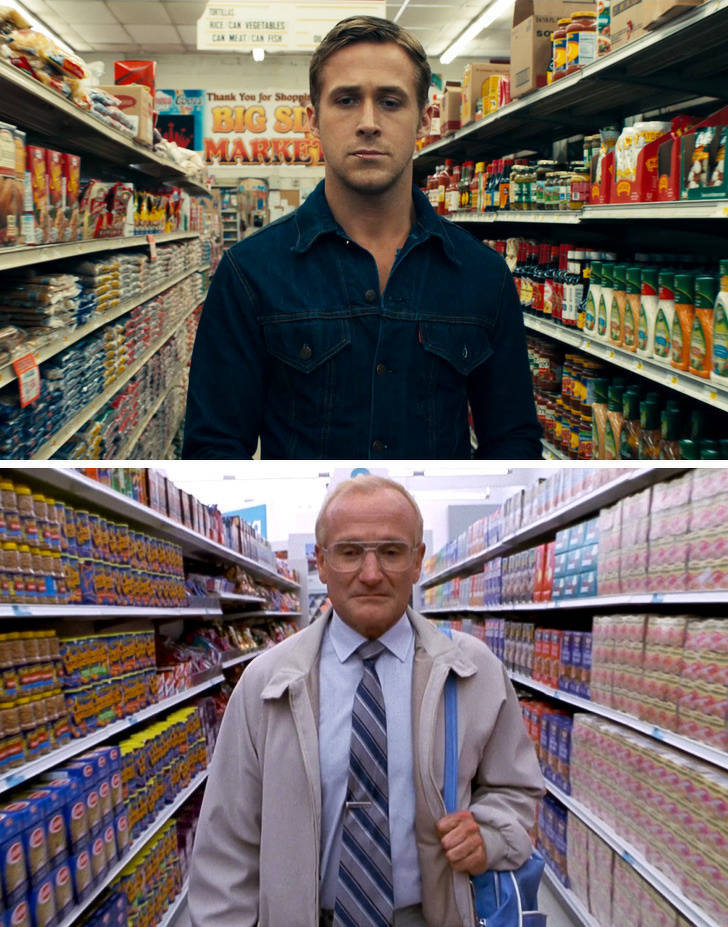
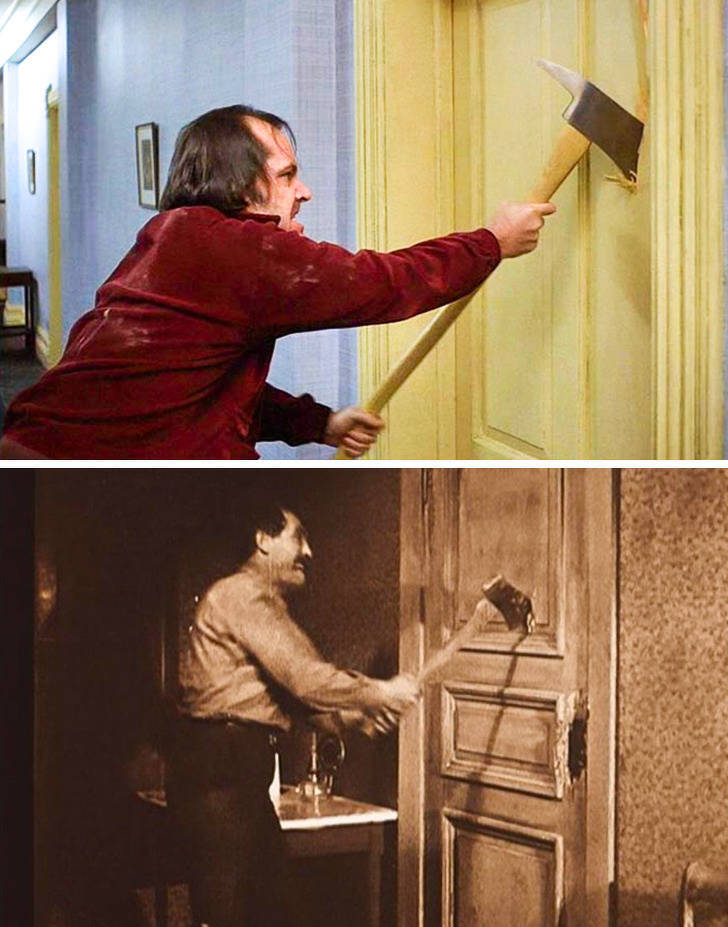
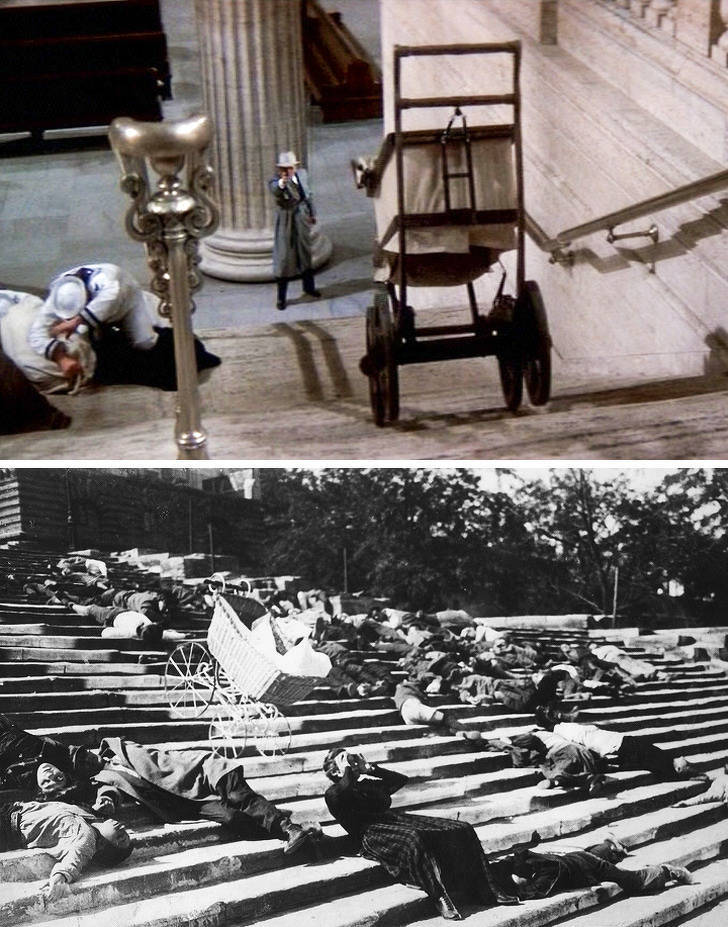
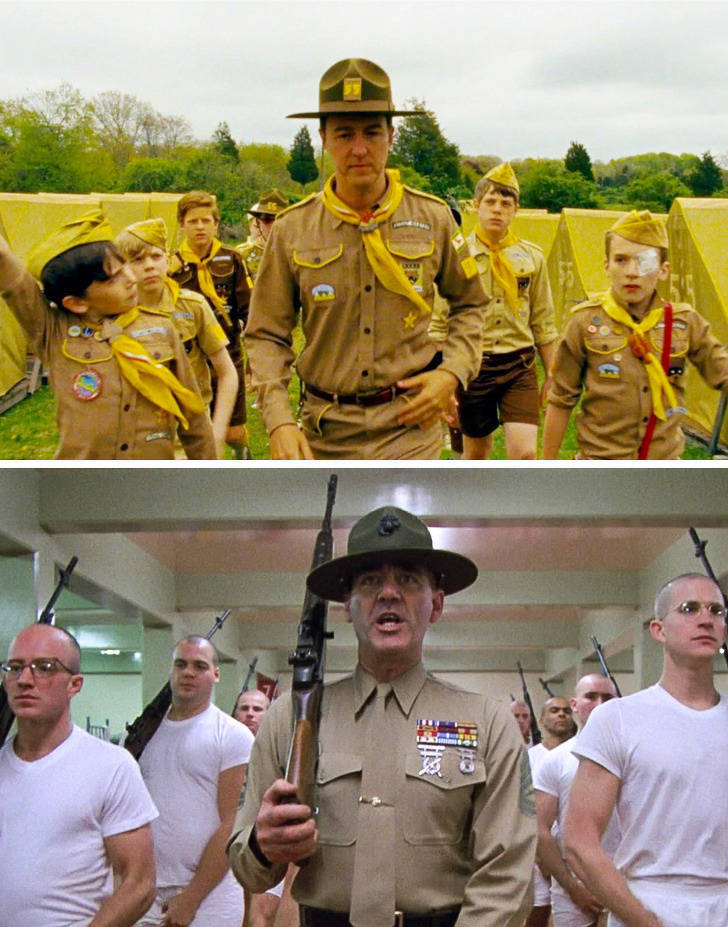
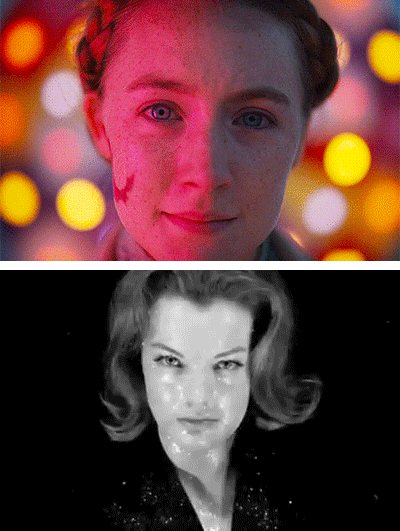
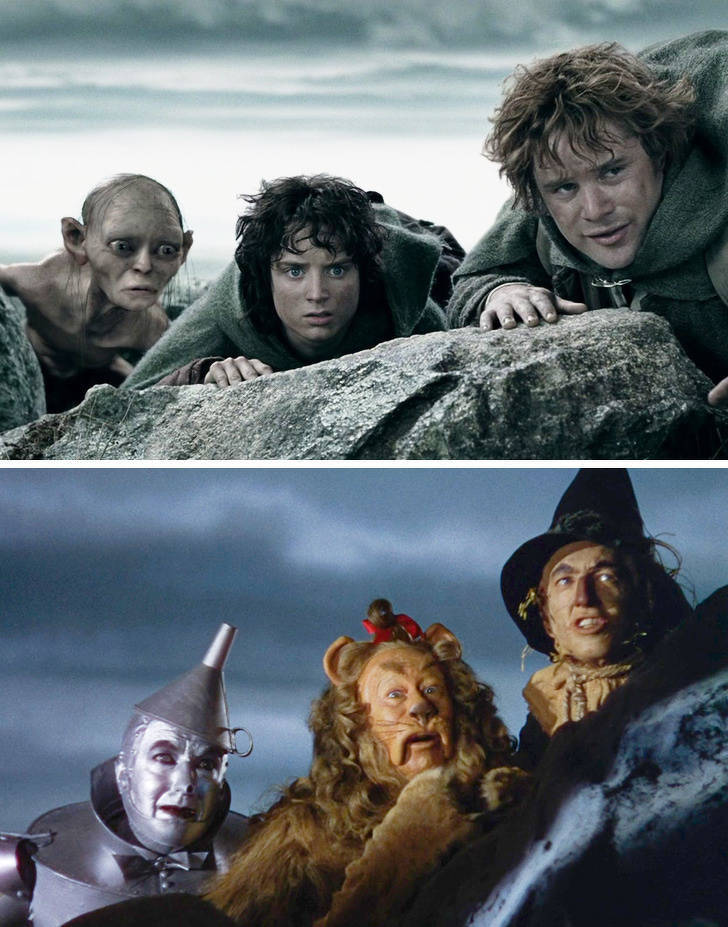
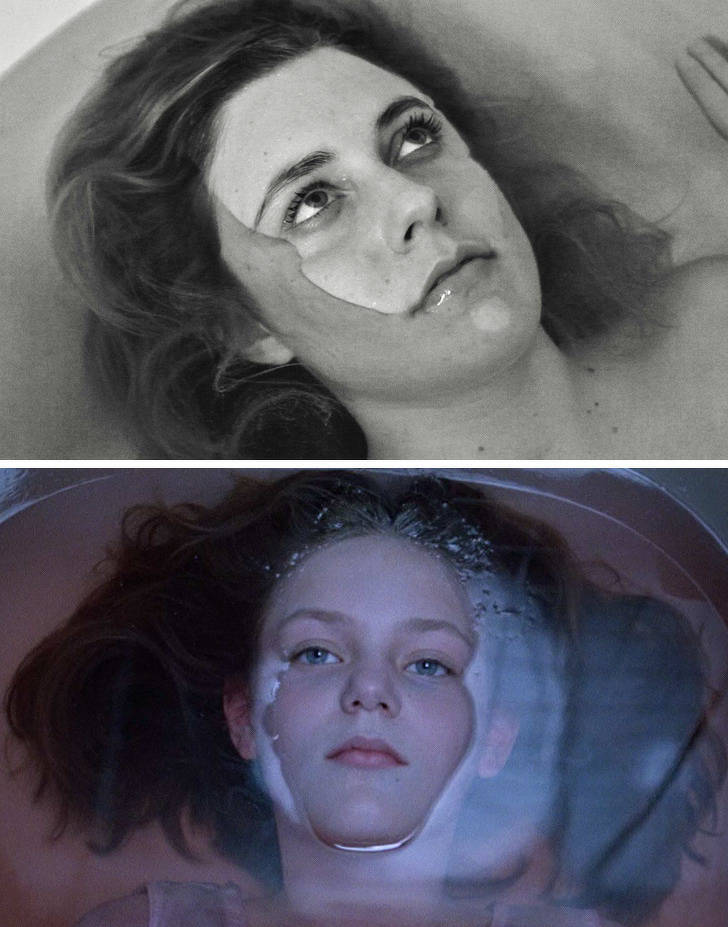
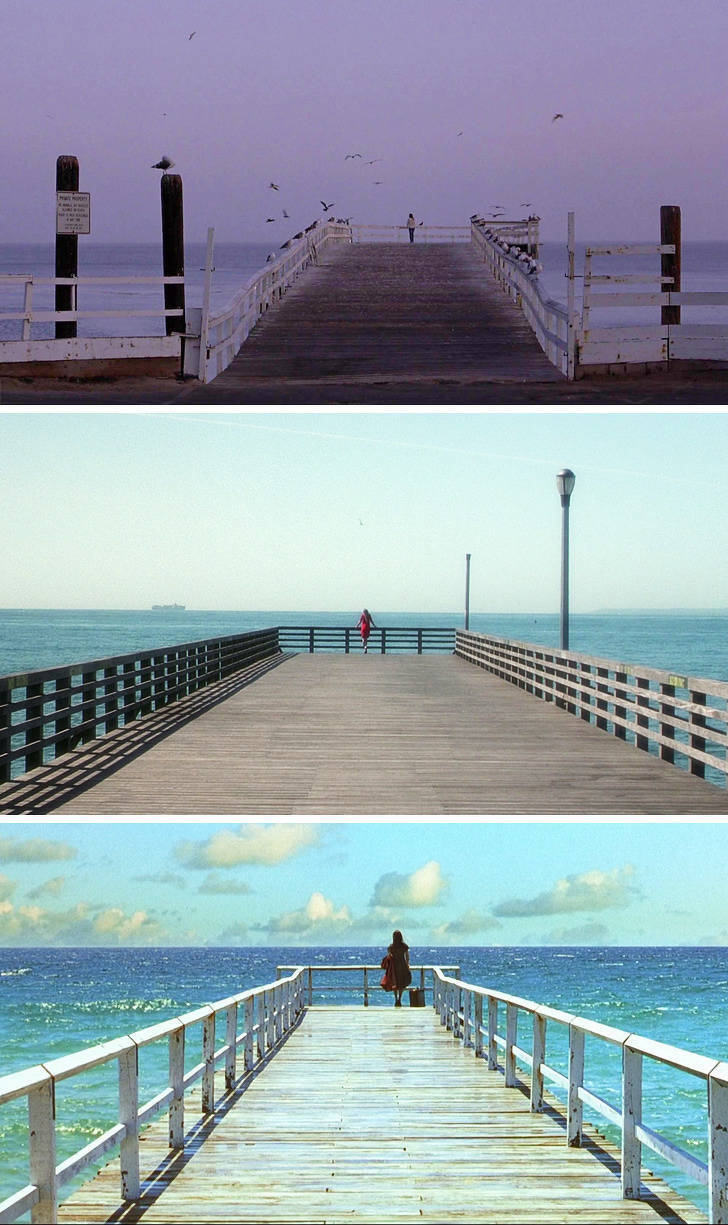
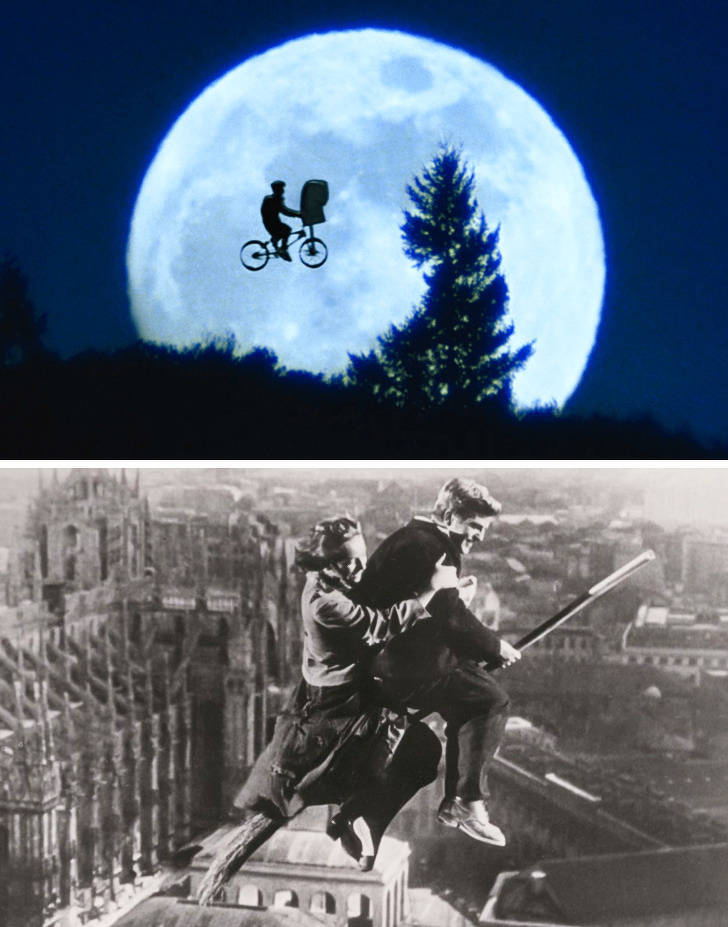
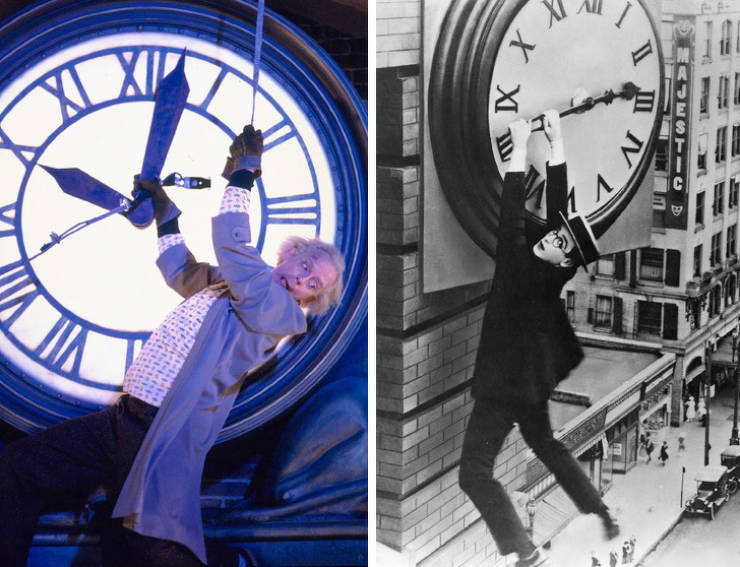
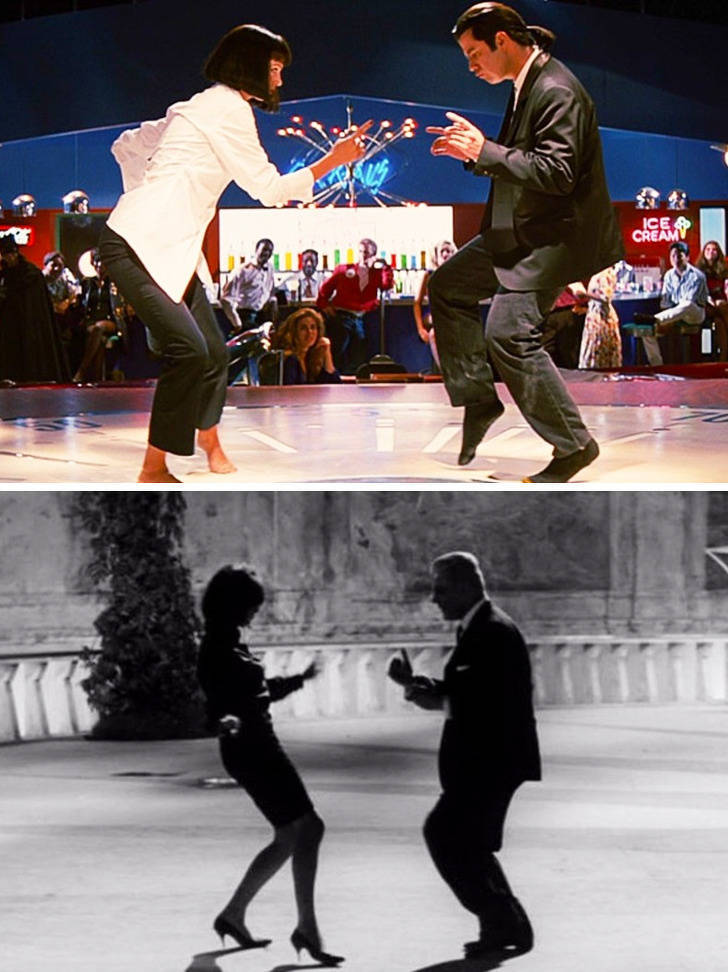
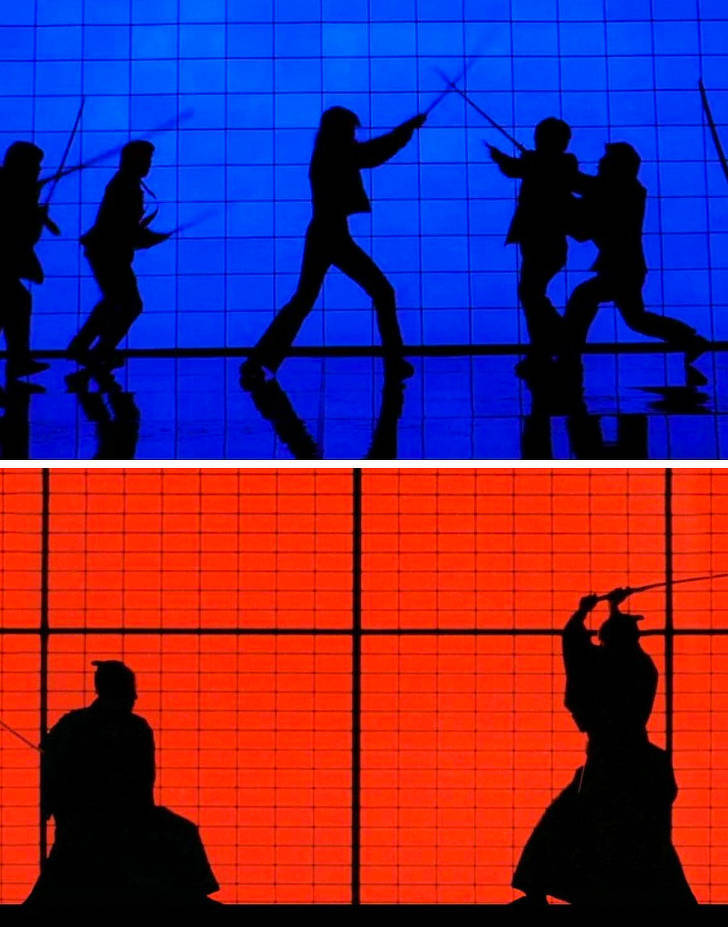
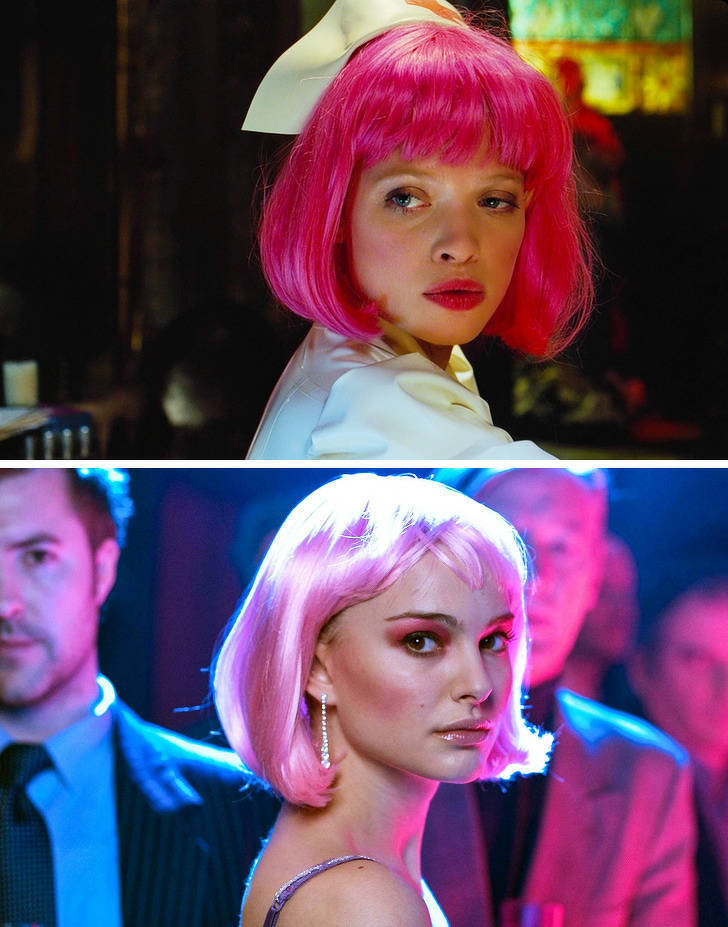




one does not _have_ to be here
Feedbacks are important though. If I do something wrong I want to know, not just wonder about why am I always alone.